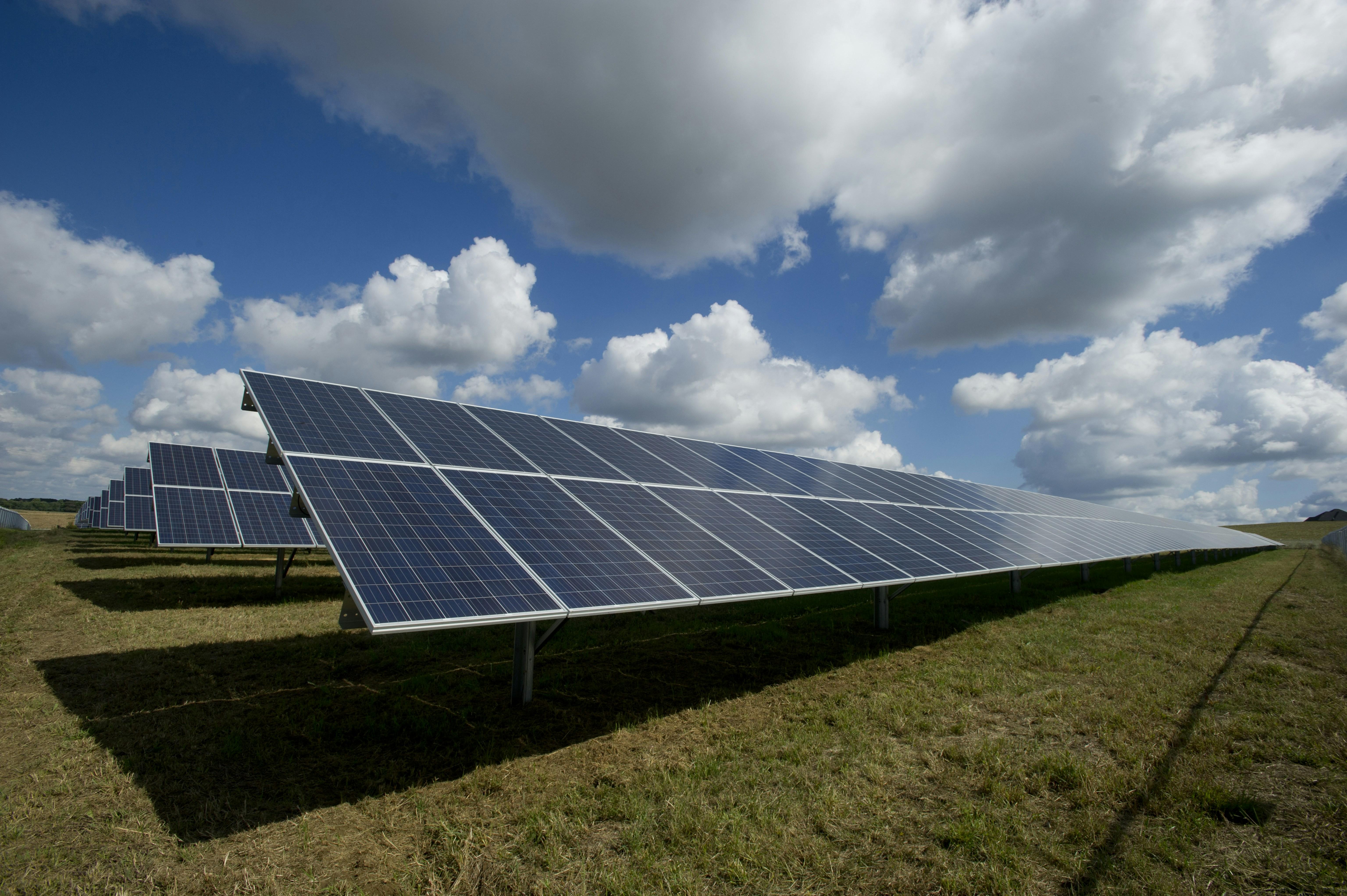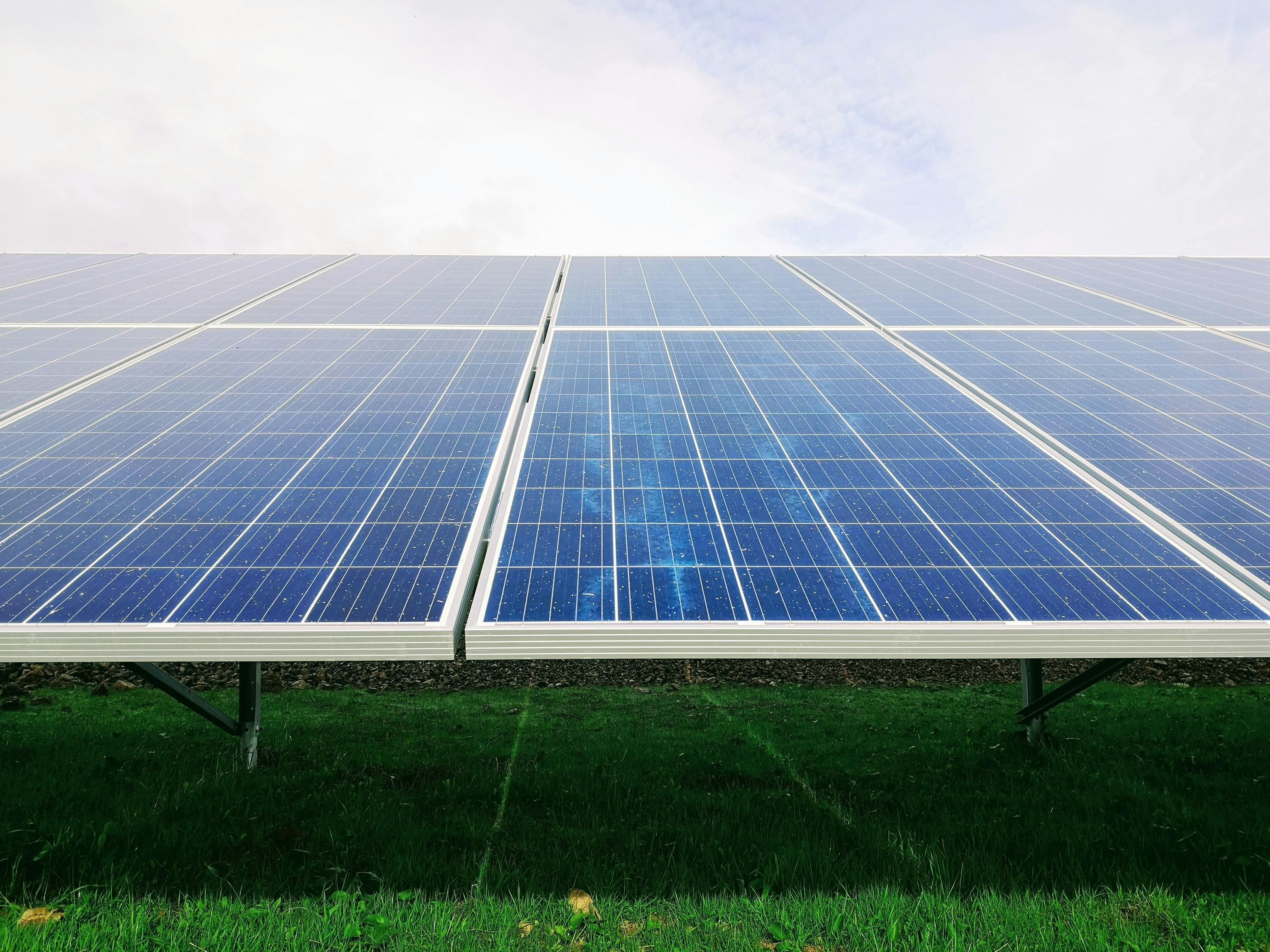In an era where the sun is not just a life-giving force but a potential powerhouse for our homes, the allure of solar energy is hard to resist. With promises of reduced electricity bills and a smaller carbon footprint, many homeowners are turning to solar solutions as a beacon of sustainability. Yet, as with any transformative journey, the path to harnessing the sun’s energy is dotted with challenges. Navigating this radiant revolution requires more than just enthusiasm; it demands a keen awareness of the common pitfalls that can eclipse the benefits of going solar. This article sheds light on those potential missteps, guiding you through the nuances of solar adoption with clarity and foresight. Whether you’re a seasoned eco-warrior or a curious newcomer, understanding these challenges will empower you to make informed decisions, ensuring your solar venture is as bright and rewarding as the sun itself.
Choosing the Right Solar Provider
Finding the right partner for your solar journey can make all the difference between a seamless transition to renewable energy and a frustrating experience. Begin by researching potential providers and assessing their track record. Look for companies that have been in the industry for a significant amount of time, as longevity often equates to reliability. It’s crucial to ensure they have the necessary certifications and licenses, which can be a strong indicator of their expertise and commitment to quality.
Consider these key factors when selecting your solar provider:
- Customer Reviews and Testimonials: Real experiences from previous clients can offer invaluable insights into the company’s service and support.
- Warranties and Maintenance: Check if they offer comprehensive warranties on their products and services, and whether they provide ongoing maintenance support.
- Customization and Flexibility: A good provider will offer solutions tailored to your specific energy needs and budget.
- Financial Options: Look for providers that offer flexible payment plans or financing options to ease the initial investment.

Understanding Financial Incentives and Rebates
One of the most appealing aspects of transitioning to solar energy is the variety of financial incentives and rebates available. These can significantly reduce the initial cost of installation and improve the return on investment. However, navigating through these options can be a bit overwhelming. Understanding the types of incentives can help you make the most of them. Federal tax credits, for instance, allow you to deduct a portion of the cost of installing a solar energy system from your federal taxes. Many states and local governments also offer additional rebates and tax credits that can further lower your costs.
- Federal Tax Credit: Allows a deduction from federal taxes based on the installation cost.
- State Incentives: Vary by state and can include rebates, tax credits, or performance-based incentives.
- Local Rebates: Offered by city or municipal governments, often in partnership with utility companies.
To avoid common pitfalls, it’s essential to stay informed about the specific programs available in your area, as these can differ significantly. Make sure to check the eligibility requirements and application deadlines, as missing these could mean losing out on substantial savings. Additionally, consulting with a reputable solar installer can provide valuable insights into maximizing your financial benefits.

Ensuring Optimal Panel Placement
Positioning your solar panels correctly is crucial for maximizing energy efficiency and ensuring you get the most out of your investment. Consider the following factors to optimize placement:
- Sunlight Exposure: Ensure panels are placed where they receive the maximum sunlight throughout the day. This typically means a south-facing orientation in the Northern Hemisphere.
- Angle and Tilt: Adjust the tilt of your panels according to your geographical latitude to capture sunlight more effectively. This might require seasonal adjustments for optimal results.
- Obstructions: Watch out for potential shadows cast by trees, buildings, or other structures. Even partial shading can significantly reduce panel efficiency.
- Roof Integrity: Make sure your roof can support the weight and installation of solar panels. Consider any future repairs or replacements before installation.
By focusing on these key aspects, you can ensure that your solar panel system operates at its highest potential, offering both environmental and economic benefits.

Navigating Maintenance and Warranty Terms
Understanding the intricacies of maintenance and warranty terms can save you from unexpected headaches down the road. Solar panel systems are a long-term investment, and it’s crucial to ensure that you are well-informed about what is covered and what isn’t. Start by thoroughly reviewing your warranty documents. Look for key terms such as:
- Performance Guarantee: Does the warranty ensure a certain level of energy output over time?
- Product Warranty: What is the duration, and does it cover all components?
- Labor and Service: Are the installation and maintenance services included?
Regular maintenance is another vital aspect to consider. While solar panels are generally low-maintenance, periodic inspections can help identify potential issues before they escalate. Consider setting up a maintenance schedule with your provider or a trusted service technician. This proactive approach not only ensures optimal performance but also often supports warranty claims, as neglecting maintenance could void the warranty.
In Conclusion
As we bask in the warmth of the sun’s endless potential, navigating the path to solar energy becomes a journey of enlightenment. By sidestepping the common pitfalls and embracing informed decisions, we align ourselves with a future that not only promises sustainability but also rewards us with the satisfaction of harnessing nature’s gift. So, as you stand on the precipice of this radiant transformation, remember that the sun, ever constant and generous, is a partner in progress. May your solar venture be as bright as the energy it captures, illuminating a path towards a greener tomorrow.

































